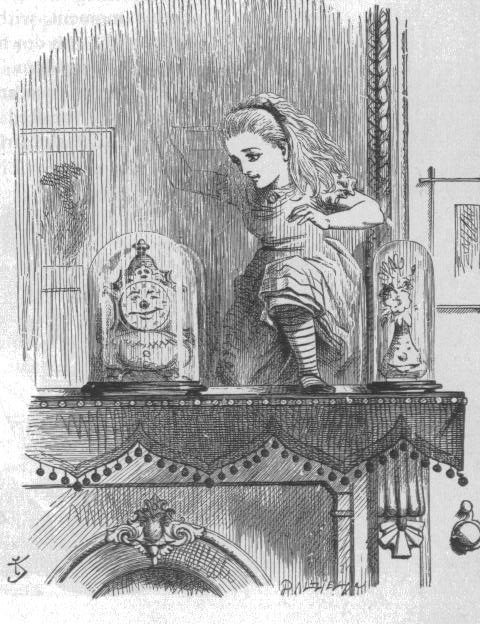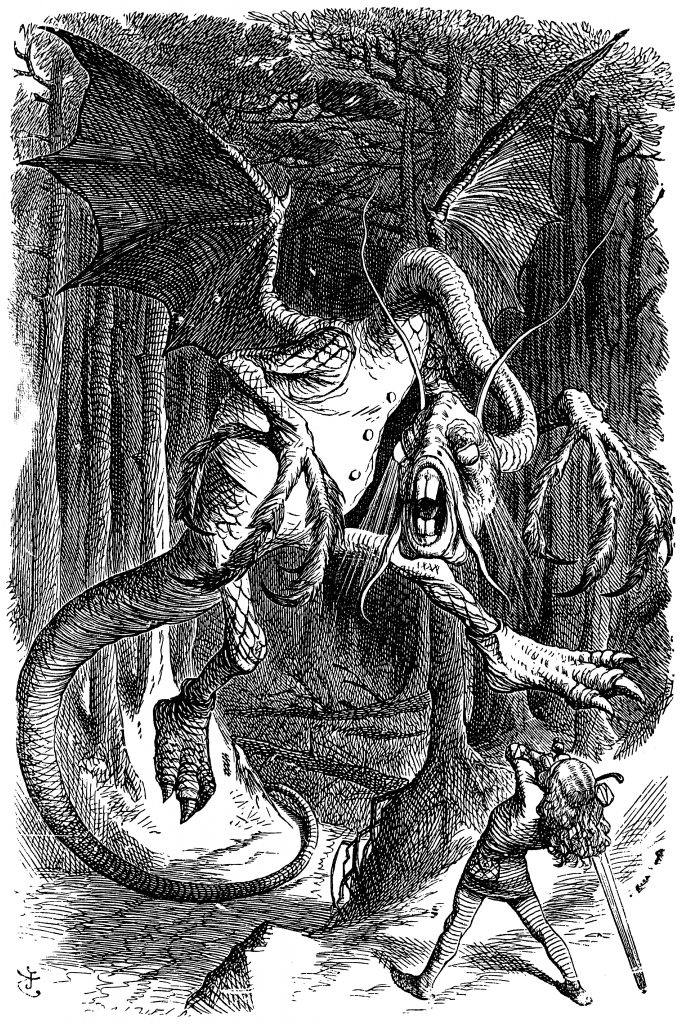In Irish research, birth, marriage and death records are most definitely not created equal. State death records capture only incidental family information, births give just a single generation, but a marriage record supplies both fathers’ names and occupations, the couple’s ages, addresses and occupations, their witnesses, the clergyman’s name, the church … Loads and loads of loverly threads for us all to follow.
Marriages are also the earliest, starting in 1845, and the easiest to find, with two big bull’s-eyes, bride and groom, both appearing in the indexes, begging to be cross-referenced.
So happy days. We’ve now got the Latter Day Saints transcripts of Irish General Register Office marriage indexes 1845-1922 mapped and available on the site. Check out Hession, for example .
In the great gappy jigsaw puzzle that is Irish research, there are only four universally useful record-sets:
- Griffith’s,
- Parish registers,
- 1901 and 1911 censuses
- GRO birth, marriage and death records.
These new marriage maps are our final piece of that puzzle. It’s only taken us ten years.

Because the records are a bit different, we’ve treated them a bit differently. You can search using a forename, and the double surname search offers an option to check for actual marriages between the two surnames on IrishGenealogy. Calloo, callay, oh frabjous day.
If you detect a certain hesitancy in the enthusiasm, it’s because time spent cloistered with these records has once more provided a close-up of their imperfections. Again, numerous records are skipped, duplicated and mangled. Whoever was responsible for the 1890s once again used their spreadsheet fill-down function as a shortcut for duplicate records. Except that many many are not duplicate, and so are just plain wrong. And of course the same problems here and on FamilySearch are also in the licensed copies on Ancestry and FindMyPast. Sup with a very long spoon.

Before getting involved in mapping their marriage (and death) indexes, if you’d asked me what I thought of the FamilySearch validation process, I’d have said it was pretty good. Years back, I signed up online to be a transcriber for them (just being nosy) and it seemed like a serious business: double transcripts automatically checked against each other, with conflicts resolved by a third party. Mar dhea.
And what do I think of the FamilySearch validation process now? It would have been a good idea.
Thanks
Hi John,
Thank you for another informative and entertaining post.
“And what do I think of the FamilySearch validation process now? It would have been a good idea.”
– best laugh I’ve had in ages. Thanks! Mar dhea indeed.
Amen to all that!
How does one get to the maps?
Thanks, John – Brillig! 😉
Yes. Where are the new maps? You didn’t say.
I second your comment on the Family Search validation process. I also volunteered, and picked West Cork as an area familiar to me to work on. The lists they sent to me did not sound like West Cork names and I had never heard of the places listed. Further inspection revealed the area to be in County Offaly. No problem, I thought. I’ll just let Family Search know.
After two weeks of emails and attempts to fill out error forms I discovered that noone ansnwered or showed any interest in such a huge mistake.
I wrote back in the end that I quit becasue their system was so useless.
Dear Geraldine,
My professor for Irish Genealogical Research Part 1 & 2 at the Genealogical Research Institute of Pittsburgh was David Rencher. David is a high ranking official at Family Search. Would you like his e-mail address? There is nothing like taking a problem to one of the top officials. I am happy to furnish you his e-mail address.
All my best, Andy Sweeny, Cincinnati, Ohio
Andy,
Yes, please. It would be helpful to let him know, I think. My email is gpowell@lucasta.net.
Geraldine
The new maps are part of the surname search results, e.g. https://www.johngrenham.com/findasurname.php?surname=Bolger
The persons who do data entry need to be more accurate in their entry of names etc.
John, What did you do about the imperfections? Thank you. How are surname variants handled?
We’ve corrected mistakes where we came across them, but didn’t mount a systematic attack. The surname variants are incorporated into the overall surname variants listing.
Not surname, but place name: I have found a large group of Ballycastle, Co. Antrim, records on FS that are miss-identified as being Ballycastle, Co. Mayo, both legitimate locations but separate towns. Sadly, I cannot edit or find a way to inform anyone at FS to edit those records.
Hi John,
“We’ve now got the Latter Day Saints transcripts of Irish General Register Office marriage indexes 1845-1922 mapped and available on the site. ”
How does one access the raw data?
thanks,
Conor.
Talk to FamilySearch